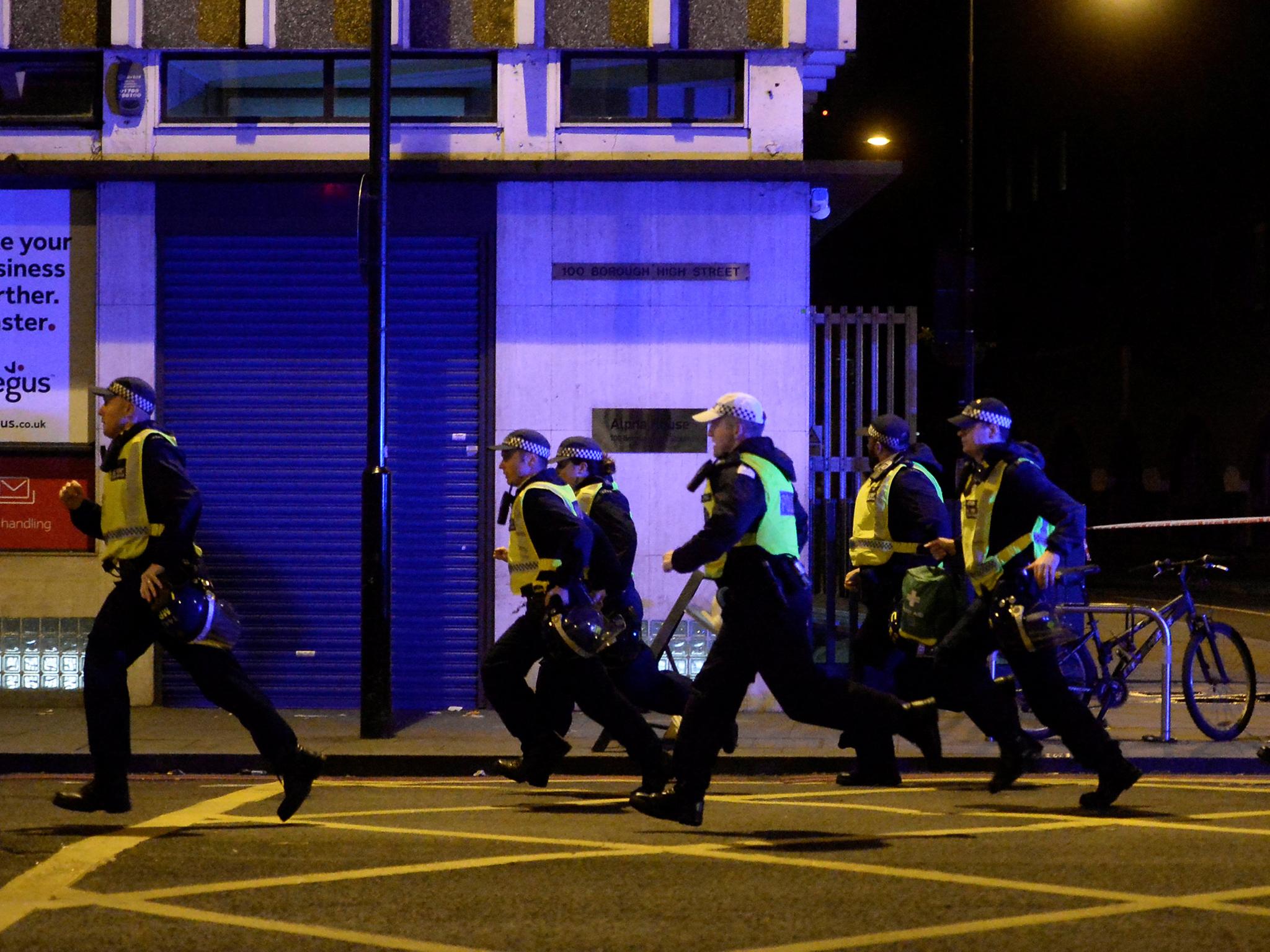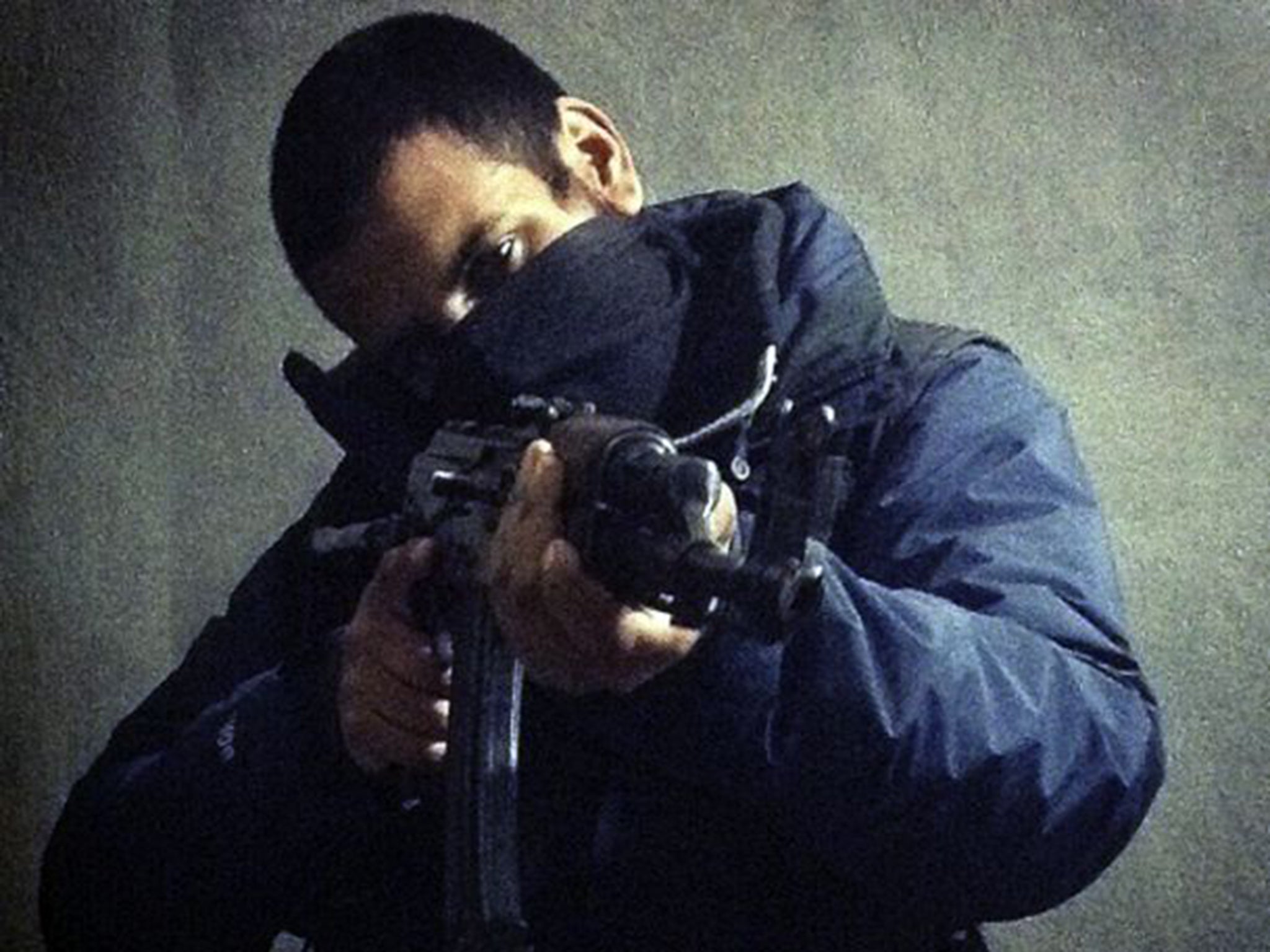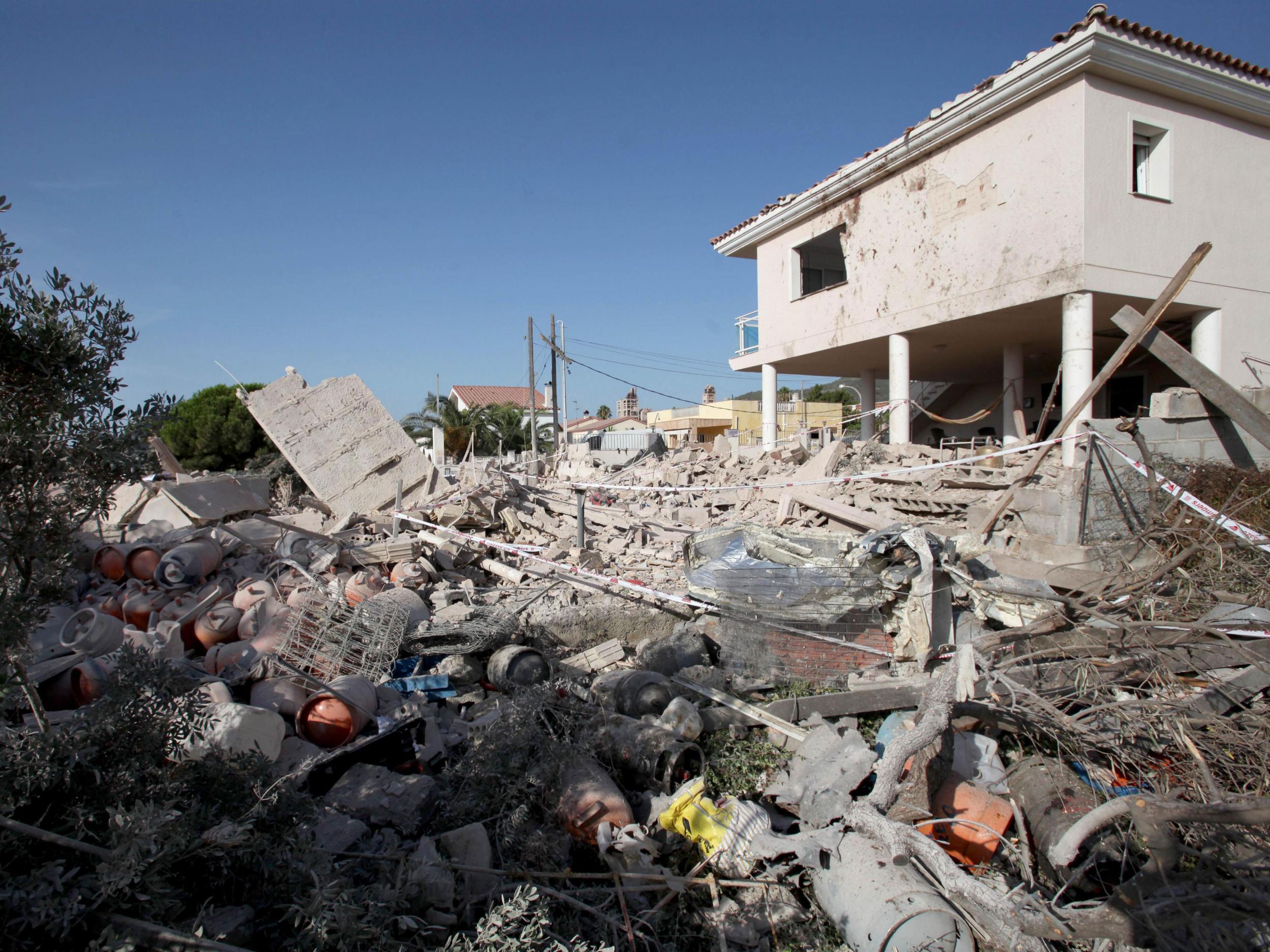Isis urged undercover BBC reporter to launch terror attacks in London Bridge and Westminster
Killed militant Junaid Hussain and anonymous agent coached reporter through encrypted messages

Your support helps us to tell the story
From reproductive rights to climate change to Big Tech, The Independent is on the ground when the story is developing. Whether it's investigating the financials of Elon Musk's pro-Trump PAC or producing our latest documentary, 'The A Word', which shines a light on the American women fighting for reproductive rights, we know how important it is to parse out the facts from the messaging.
At such a critical moment in US history, we need reporters on the ground. Your donation allows us to keep sending journalists to speak to both sides of the story.
The Independent is trusted by Americans across the entire political spectrum. And unlike many other quality news outlets, we choose not to lock Americans out of our reporting and analysis with paywalls. We believe quality journalism should be available to everyone, paid for by those who can afford it.
Your support makes all the difference.Isis recruiters urged an undercover BBC reporter to launch a terror attack on London Bridge almost a year before June’s atrocity, it has been revealed.
The journalist was part of a team who spent two years posing as fictional characters online to interact with terrorist trainers on social media and encrypted messaging services.
The undercover reporter, from the BBC’s Inside Out London programme, posed as a 17-year-old boy who was living with his parents.
In conversations dating back to 2015, he used Twitter to make contact with Junaid Hussain, a jihadi from Birmingham who travelled to Syria in 2013.
Hussain was killed in a drone strike in August 2015 because of his role as a recruiter and terror instructor linked to a shooting in Texas earlier that year, as well as heading Isis’s hacking unit.
After his death, another recruiter made contact with Inside Out‘s undercover reporter to continue the conversation and detailed a plot to assassinate a police officer, including how to obtain firearms and bullets.
“In July 2016, we discovered that the terrorist organisation was touting on Twitter and Facebook for British Muslims to stage attacks at specific London locations,” he said.

“We began conversing with one of their recruiters, who then invited us to chat privately on a secret messaging site. The authorities were fully aware of our contact with the terrorist organisation.”
In a conversation in July 2016, the reporter claimed his family were Muslim but that he “fell off the wagon” before getting “back on track” – mirroring several British terrorists who were radicalised after being involved in crime, drugs and gangs.
Three days later, the suspected Isis recruiter started asking questions about the boy’s knowledge of London and crowded places, suggesting Westminster as a potential target.
“If you succeed, it will be huge and damaging for them,” said the Isis agent, who was reportedly known as “Manager” on encrypted messaging services.
Eight months later, Muslim convert and former convict Khalid Masood rammed his car into pedestrians on Westminster Bridge before stabbing a police officer dead outside the Houses of Parliament.
His attack, the first claimed by Isis in the UK, killed five victims and Masood was shot dead at the scene.
The Independent revealed that a WhatsApp message sent by Masood from behind the wheel declared that he was waging jihad and investigations into his potential communication with Isis recruiters continue.
The atrocity was followed by a suicide bombing that killed 22 people at Manchester Arena on 22 May, and a van and knife rampage at London Bridge on 3 June.
The BBC reporter said the Isis agent named the bridge as a potential target in July last year, and gave the option “of either doing it alone or along with a team”.
“Now target setting is the thing. London Bridge – what you say about that?” a message said. “Truck, axe, anything can work.”
In December, a second Isis agent outlined how such an attack could be carried out and urged the reporter to “make the kuffar [non-believers] scared. Kill a lot. The best way you can do [it] is to kill normal people”.
He was also directed to terrorist tutorials on the dark web, including Isis videos and propaganda magazines instructing followers on how to kill people with knives, launch vehicle attacks and build bombs.
“Finally, there was a description of how to create a fake suicide vest, and how it can be used to stop the police from attacking you if you are standing next to civilians,” the reporter added.
The instructions bear a striking similarity to the attack mounted by attackers Khuram Butt, 27, Rachid Redouane, 30, and Youssef Zaghba, 22, who rammed a van into pedestrians on London Bridge before stabbing pedestrians and customers at bars and restaurants in Borough Market.
All three men wore fake suicide vests, running towards armed police to ensure they were “martyred” at the end of the rampage.
Fake suicide vests were used by a group of terrorists who attacked pedestrians with knives and axes after running them over in Cambrils, Spain, last month, as well as by an attacker who stabbed eight people in the Russian city of Surgut two days later. Both attacks were claimed by Isis.
Attacks claimed by the so-called Islamic State have killed more than 340 people in western Europe since 2014, being carried out by jihadis either inspired or directed by the group.
Officials have warned that the threat of new atrocities is increasing as it suffers significant territorial losses in Iraq and Syria, with Isis turning increasingly to global terror attacks as a means of maintaining momentum.
While Britain and other European countries have successfully cracked down on people travelling to the group’s territories, there is growing evidence that those extremists may turn instead to launching a terror attack on home soil.
Isis has released a steady stream of propaganda enforcing its ideology and instructing supporters on how to carry out bombings, vehicle attacks, stabbings, arson attacks and hostage-takings in multiple languages, including Arabic, English, French, Russian and Turkish.
Björn Stritzel, a journalist with Germany’s Bild newspaper, carried out similar research earlier this year and published the results of extensive conversations with German-speaking Isis recruiters.
Having been introduced to agents via encrypted messaging service Telegram, he was directed to use another called Wickr.
The guidance received shows a notable change in tactics from the coordinated Brussels and Paris attacks, with Mr Stritzel being urged to be “quick to operate”.
“The more time you take the more chances there are for failure,” a recruiter said. “Please just be careful since the arrests in Germany are increasing.”
The reporter said he was repeatedly approached by at least two agents who urged him to launch an attack, giving him advice on how to word his claim of responsibility.
Mr Stritzel was urged not to build a bomb “because it is too dangerous and a small failure ruins everything” – as seen during the Spain attacks when plotters accidentally blew up a hideout containing TATP and gas canisters stockpiled for a vehicle bomb.

“We like helping,” said one message in German. “Leave the building [of a bomb]… better to hire a car or take one from someone and drive into a crowd.”
When Mr Stritzel claimed he had no passport, could not drive and was too unskilled to launch a knife attack, he was sent training videos.
In June, an alleged Isis militant who arrived in Germany in 2015 was arrested for acting as a “contact person” between the group’s Amaq propaganda agency and potential attackers.
Investigators said his contacts included an Isis supporter who carried out an arson attack on a Shia community centre in Sweden last year, and evidence suggests the group has multiple agents working in several languages to recruit attackers across Europe.
Ben Wallace, the security minister, said encrypted messaging between planners and attackers had been used ahead of several recent atrocities.
“That I am afraid is common throughout every one of these incidents and there is also a role of watching videos online to either prepare themselves or train themselves,” he added.
“I think that they are both, I am afraid, current occurrences in these terrorist attacks.”
The Government is intensifying efforts to remove extremist propaganda from the internet, taking down 250,000 pieces of data or videos so far.
Twitter, Facebook, WhatsApp and other technology firms have been working with governments across the world to limit the use of their platforms.
Despite their efforts, Isis propaganda remains available through conventional online platforms, with The Independent accessing a bomb-making manual and knife attack instructions in less than a minute.
Join our commenting forum
Join thought-provoking conversations, follow other Independent readers and see their replies
Comments